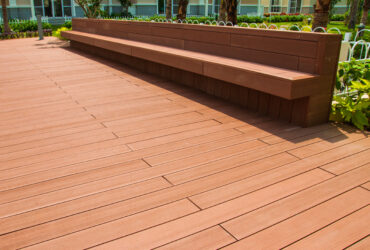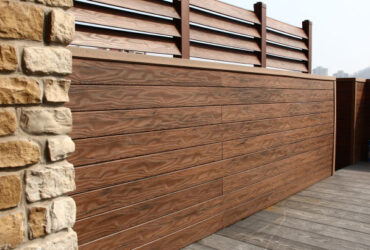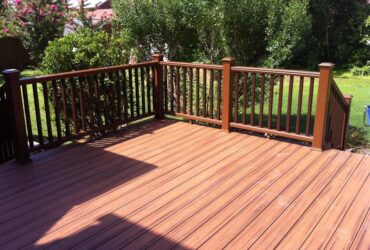Antibacterial Wood Plastic Composite Material Technology
In the early days of the production and application of wood-plastic composite materials, it was generally believed that plant fiber fillers were embedded in a plastic matrix. Even if no antibacterial agents were added to the composite material, the waterproof and corrosion resistance of the plastic matrix itself could prevent fungal attacks. , providing the material with sufficient fungal durability. However, with the application and development of wood-plastic composite materials, people have found that the anti-corrosion and antibacterial properties of wood-plastic composite materials are not as good as expected. Many mildew and decay fungi can harm, infect and even infect wood-plastic composite materials. Degradation of wood-plastic composite materials significantly reduces the quality of wood-plastic composite materials and greatly affects their performance and service life.
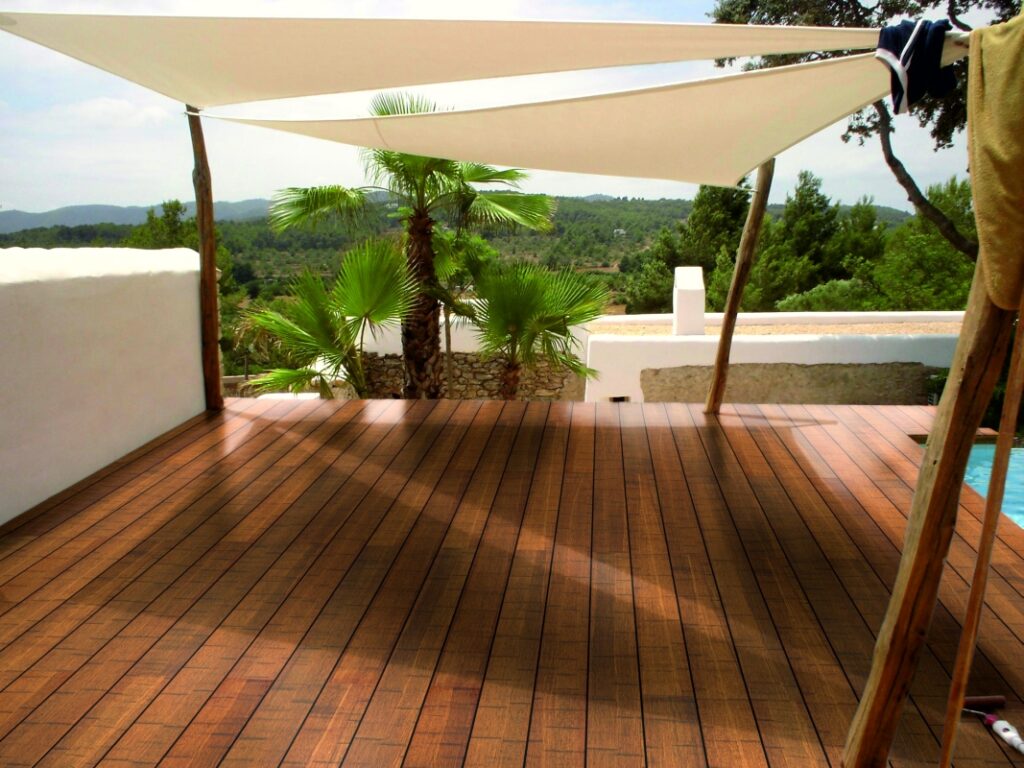
In addition, with the improvement of people's living standards, people's requirements for the functionalization of wood-plastic composite materials are also getting higher and higher. People not only require wood-plastic composite materials to have anti-mildew effects, but also when used in public places such as hospitals, toilets, and parks. , also hope that plastic wood composite materials have certain antibacterial properties.For this reason, by adding an appropriate amount of antibacterial agent to the wood-plastic composite material, the wood-plastic composite material has a certain anti-corrosion and antibacterial effect.It can greatly extend the service life of wood-plastic composite materials, improve the market competitiveness of wood-plastic composite materials, expand its application to places with higher hygiene requirements, and obtain better economic benefits while meeting social needs and guiding consumption.
Antibacterial agents can be mainly divided into four types: inorganic antibacterial agents, organic antibacterial agents, polymer antibacterial agents and composite antibacterial agents. Different antibacterial agents have different antibacterial action mechanisms and effectiveness against the same pathogenic bacteria, and the same antibacterial agent has different antibacterial action mechanisms and inhibitory ranges against different pathogenic bacteria. In order to improve the corrosion resistance and antibacterial properties of wood-plastic composite materials, many scholars at home and abroad have begun to add various antibacterial agents to wood-plastic composite materials to improve the anti-corrosion and antibacterial properties of composite materials.
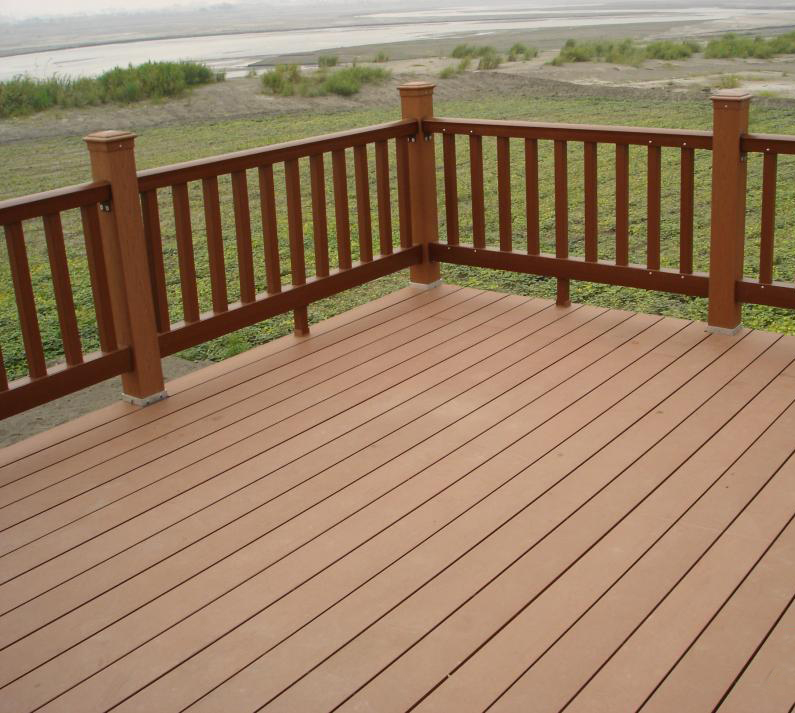
At present, as people's health requirements continue to increase, the safety and environmental protection of raw materials themselves can no longer meet people's needs. Antibacterial functionalization of furniture and indoor and outdoor decorative materials has become an irreversible trend. Since each antibacterial agent has different antibacterial mechanisms, advantages and disadvantages, the antiseptic and antibacterial effects on wood-plastic composite materials are also different. By analyzing the current research status of anticorrosive and antibacterial wood-plastic composite materials, it was found that polymer antibacterial agents and various composite antibacterial agents are increasingly favored by domestic and foreign researchers due to their superior antibacterial properties.
In the future research process of anti-corrosion and anti-bacterial plastic wood composite materials, the selection and use of anti-bacterial agents must comprehensively consider the following four aspects:
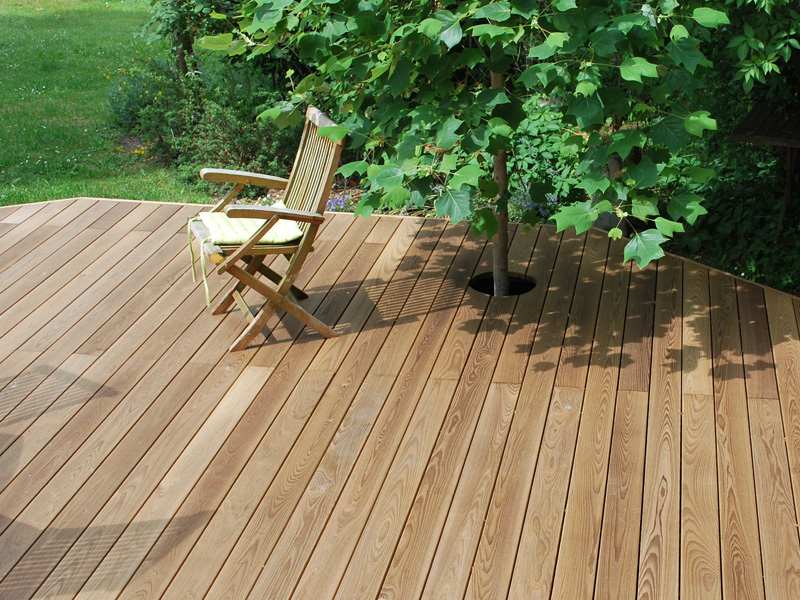
First of all, it is necessary to ensure that the antibacterial agent is environmentally friendly, cannot have a negative impact on the environment, and cannot reduce the basic mechanical properties and water absorption properties of plastic-wood composite materials;Since wood-plastic composite materials are currently mainly used for outdoor use, antibacterial agents are required to have a certain degree of light resistance and even have better antibacterial effects when used outdoors in public places;Since plastic wood products have a long service life, antibacterial agents are expected to have corresponding durability and sustainability;The processing temperature of wood-plastic composite materials is relatively high, so the antibacterial agent is required to have a certain degree of high temperature resistance, and during use, the wood-plastic composite materials are also required to have certain thermal stability and flame retardancy.
In order to meet the above requirements, future research directions may be more inclined to study organic-inorganic, organic-organic or inorganic-inorganic new composite antibacterial agents. These new composite antibacterial agents not only make wood-plastic composite materials have good antibacterial properties, but also meet the comprehensive requirements of the above four aspects to adapt to the market's higher functional requirements for wood-plastic composite materials.

